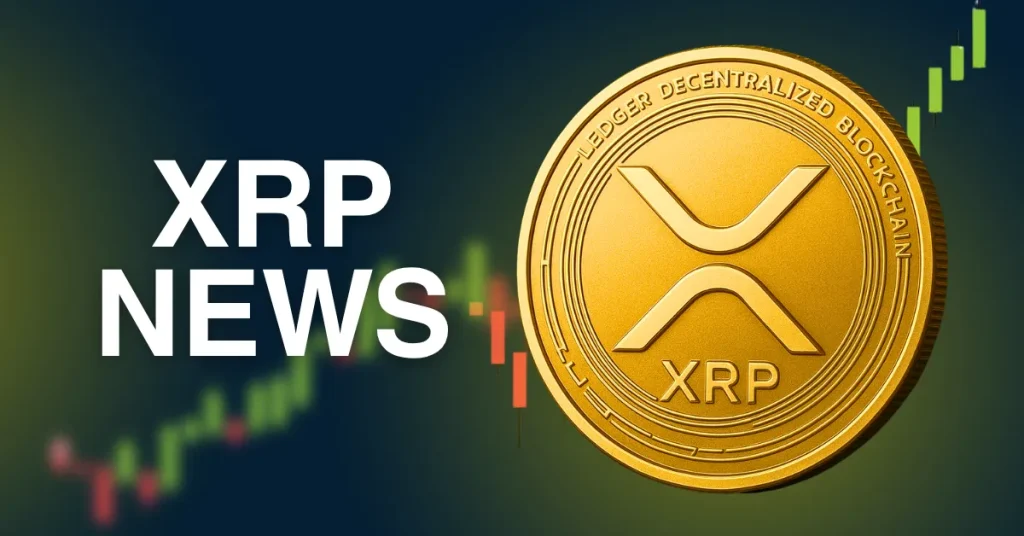
Bitcoin developer Burak has introduced plans for a new Bitcoin layer 2. The innovation will strengthen use cases for the flagship cryptocurrency in the decentralised finance space.
“Brollups,” as termed by Burak, is a Bitcoin-native rollup design.
A different approach
Roll-ups are a layer 2 solution that involves taking transactions off-chain to enhance network throughput. The transactions are rolled up into a single transaction and are sent back to the main chain.
With this, the main network avoids congestion during times of heavy usage. As a result, the transaction costs are also lowered.
However, Burak’s Brollups are different. The Ark Protocol creator claimed in a recent medium post that, unlike other rollups, this approach doesn’t require the creation of new tokens.
Burak explained:
Unlike sovereign rollups, however, Brollups are deeply baked into Bitcoin and work natively with Bitcoin as a payable construct.
Brollups directly integrate with the Bitcoin blockchain without the need for a hard fork. Instead, they are managed by operators.
These operators provide liquidity and advance the rollup state by chaining Bitcoin transactions at regular intervals. As such, transactions are atomically executed, verifiable, scalable, and enforceable directly on Bitcoin.
Further, the transactions will be executed on the Bitcoin Virtual Machine (BVM).
According to Burak, Brollups will allow the Bitcoin network to support “90% of DeFi use-cases.” This includes use cases ranging from NFTs to decentralised exchanges, all powered by Bitcoin.
At the time of publication, the approach remains a concept. However, it has been well-received by the cryptocurrency community.
Burak’s history with Bitcoin
Burak was initially known for exploiting the lightning network. Back in October 2022, he exploited a vulnerability by creating a 998-of-999 multi-signature Taproot transaction.
The transaction caused the Lightning Network Daemon (LND) nodes to fall out of sync because they incorrectly rejected the transaction. The exploit exposed a critical bug and prompted an emergency update.
Months later, he also triggered another bug that affected LND nodes and caused them to stop syncing due to an issue with the btcd wire parsing library.
The exploits spotlighted the unintended consequences of the Taproot upgrade. At the moment, Taproot transactions account for 30% of all Bitcoin transactions.
The utility was mainly fuelled by the Ordinals protocol, a means of creating NFTs on the Bitcoin network.
At the moment, multiple Bitcoin rollup projects, like Citrea and Bison, are working to improve the scalability of the flagship network.
Meanwhile, projects like Stacks and Sovryn are focusing on integrating DeFi functionalities into the Bitcoin ecosystem.
The post New layer 2 'Brollups' to boost defi use cases on Bitcoin network appeared first on Invezz















 English (US) ·
English (US) ·